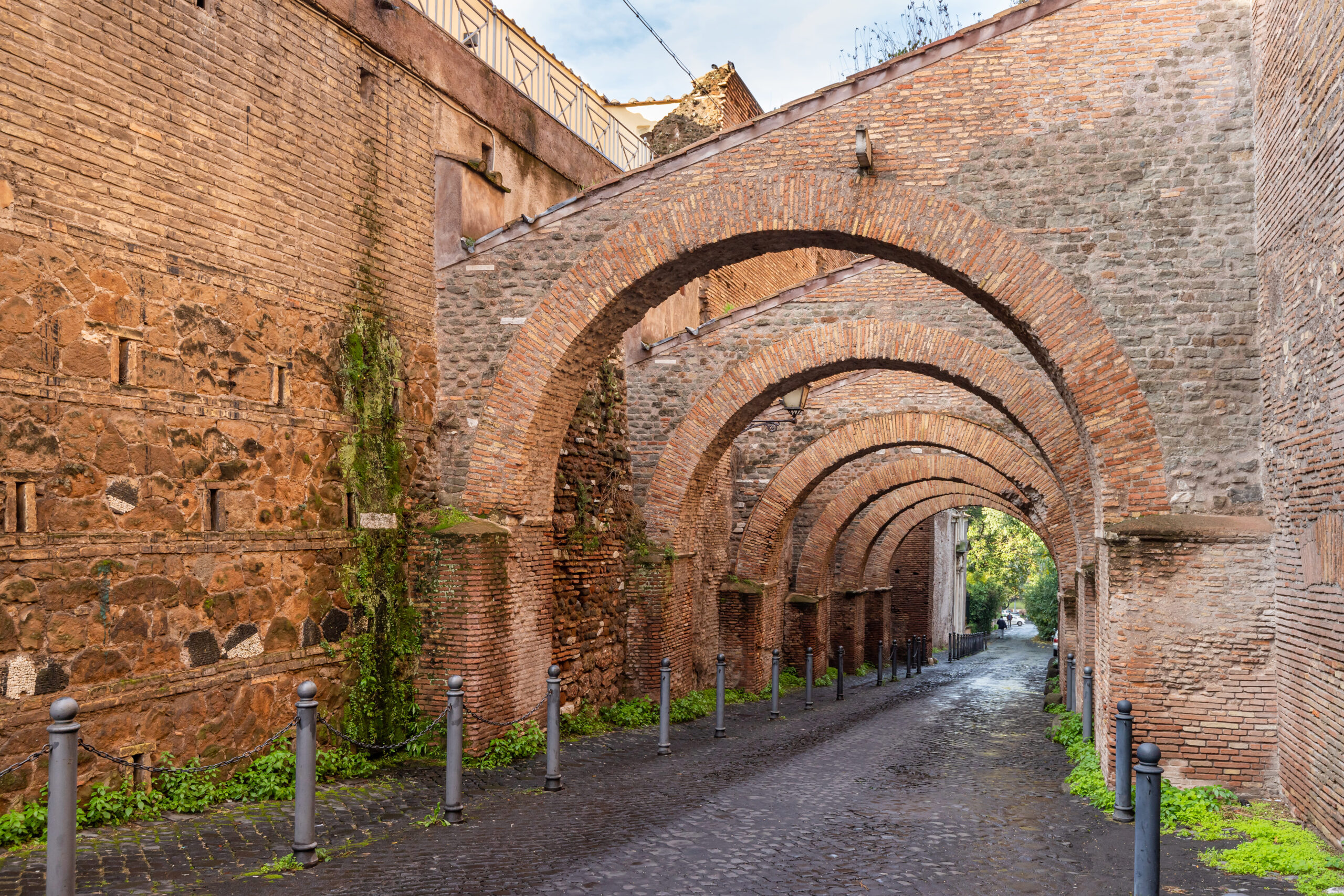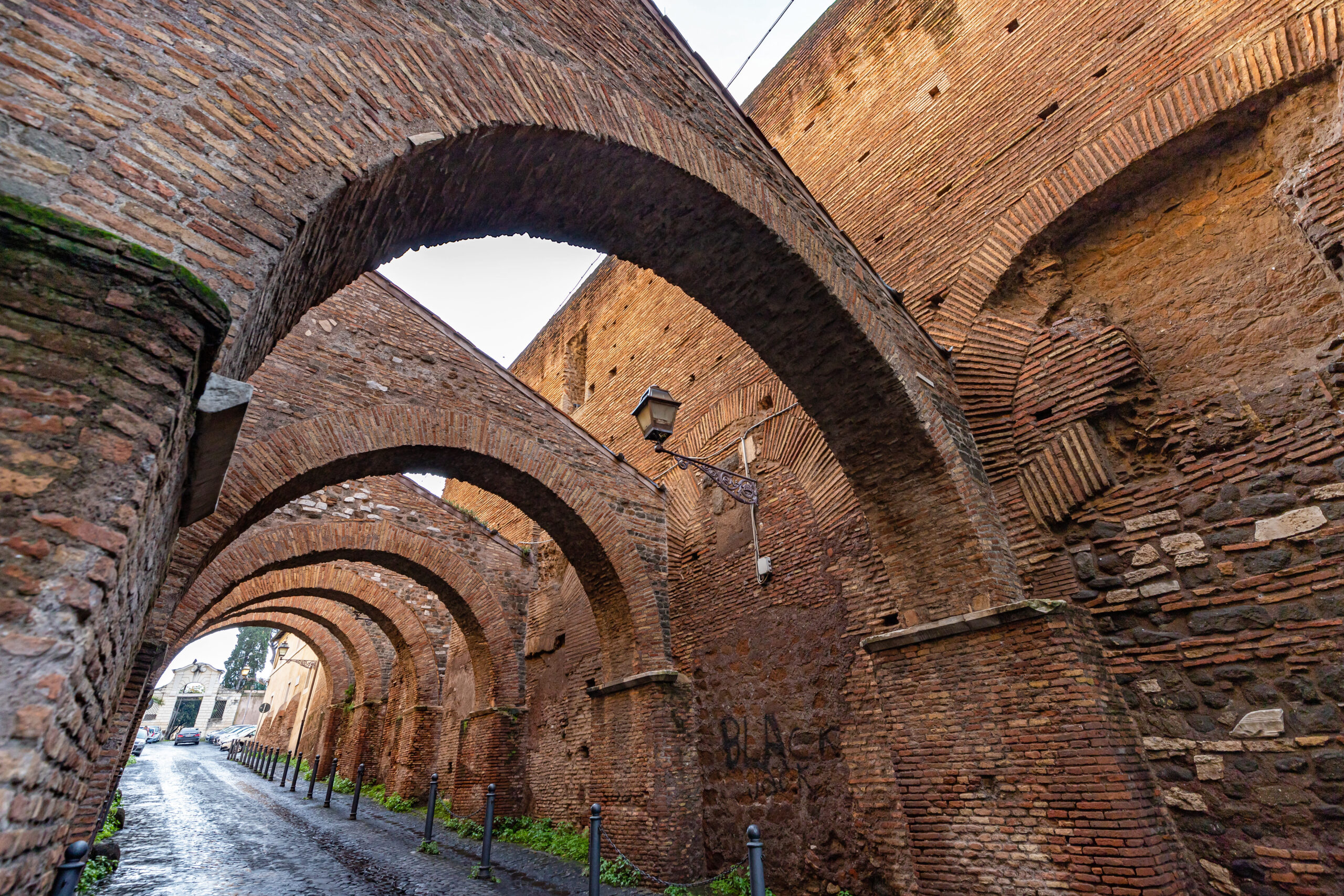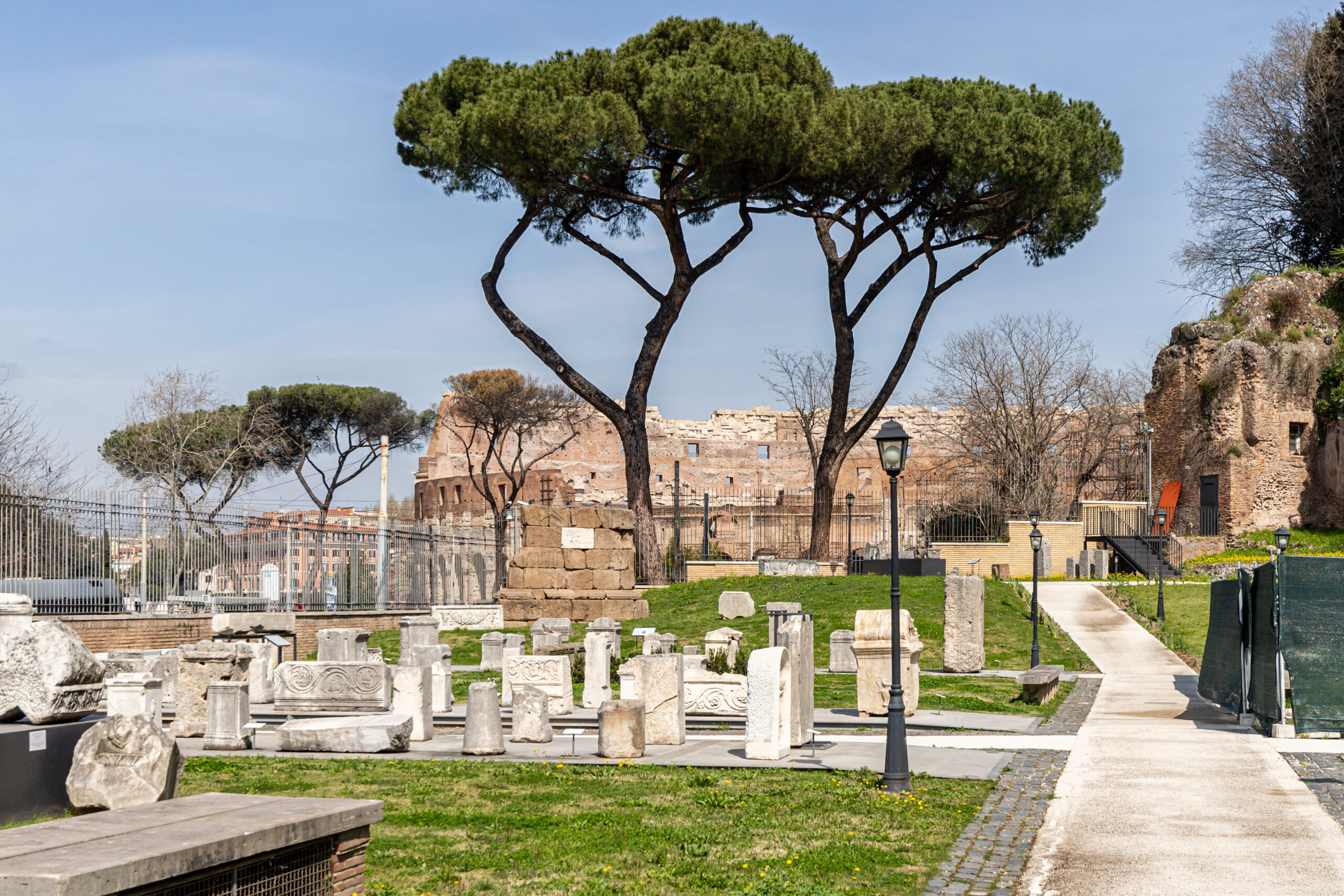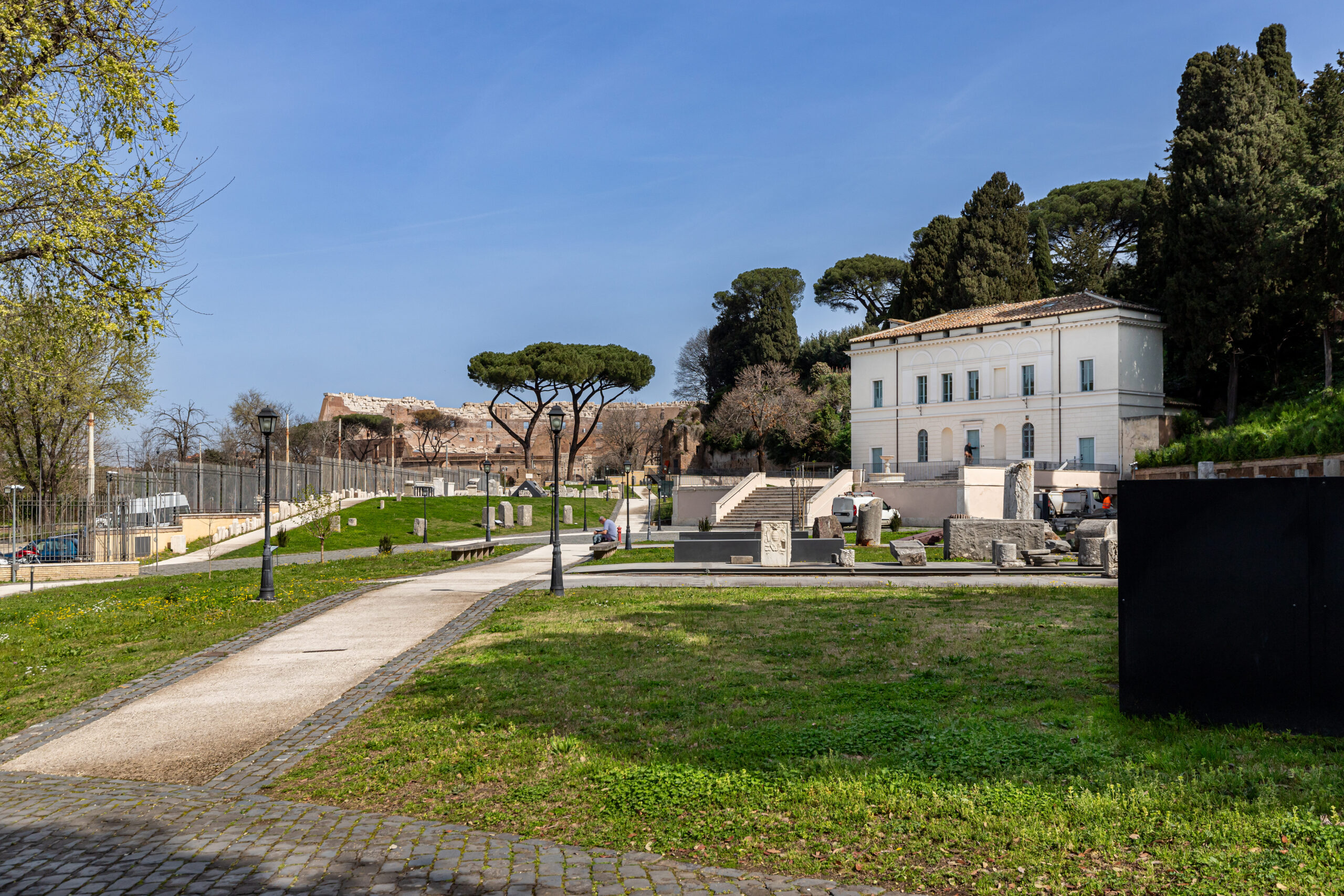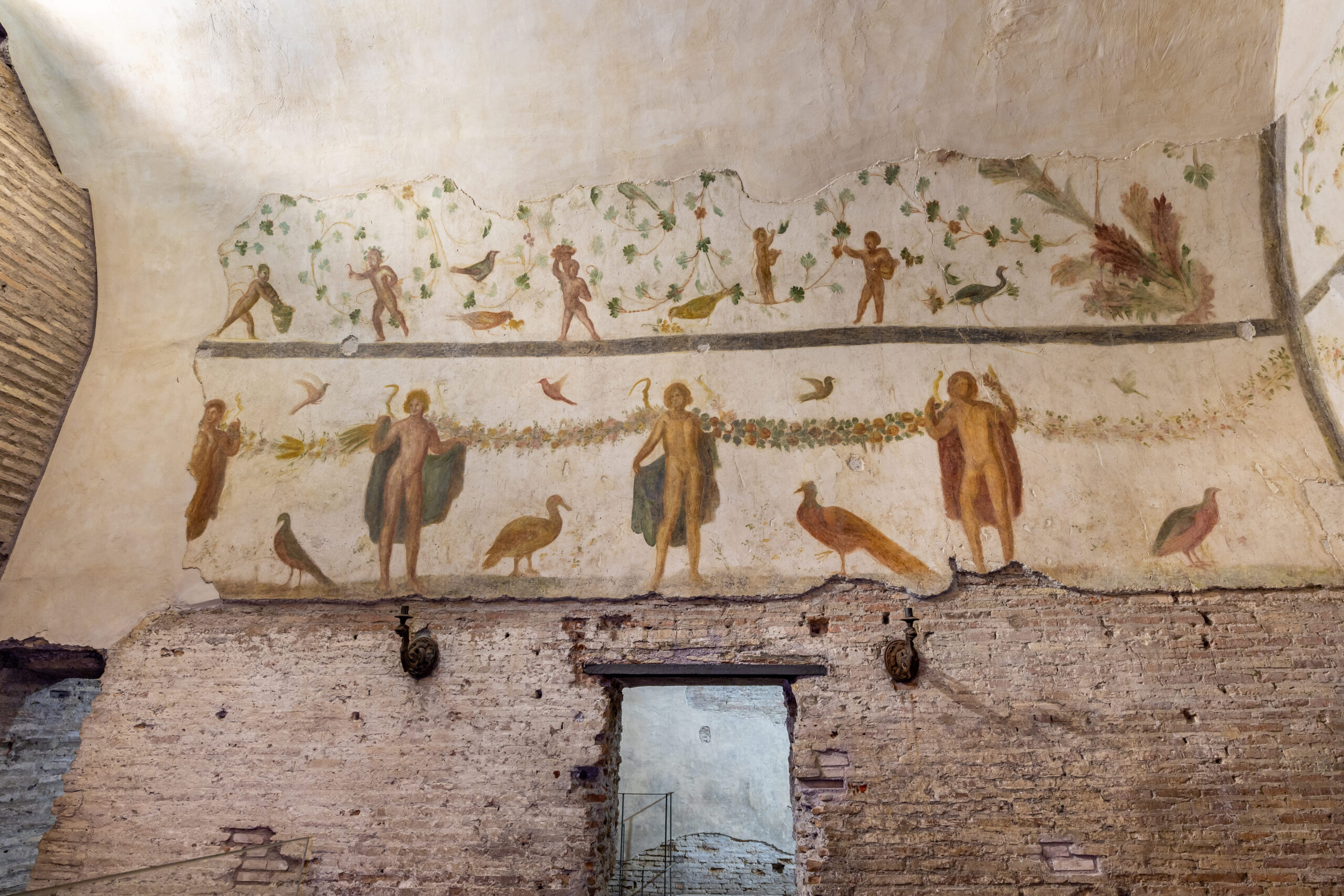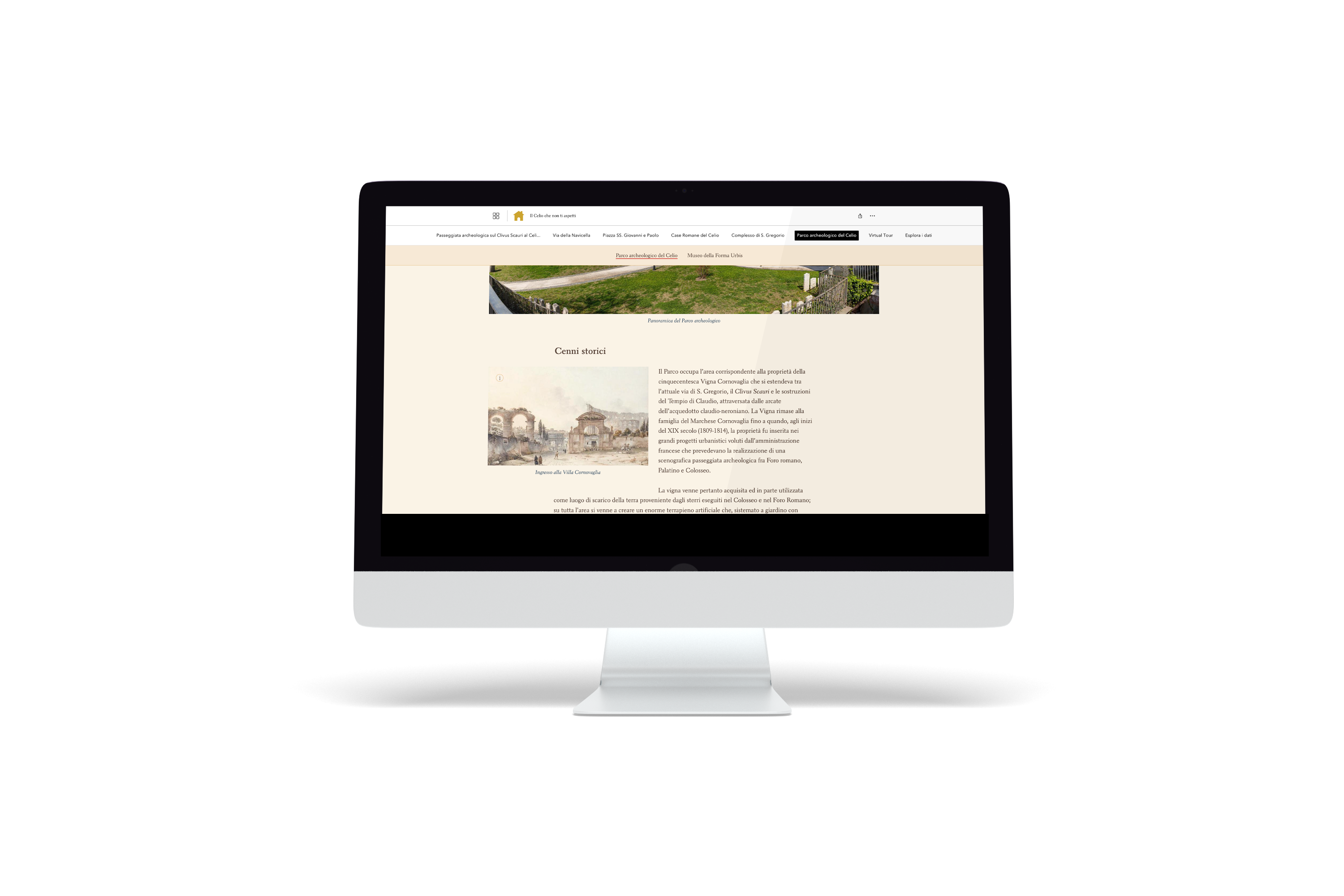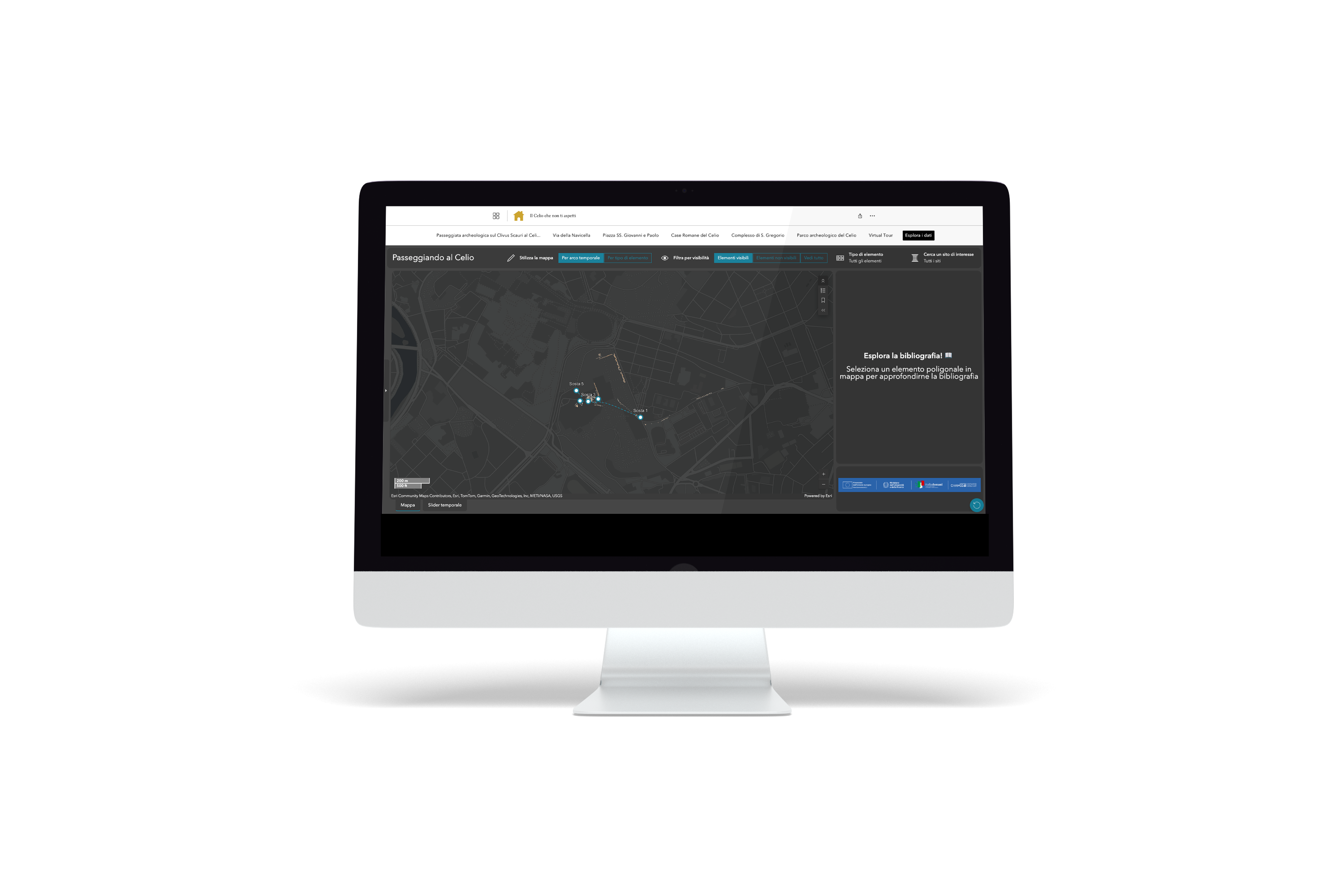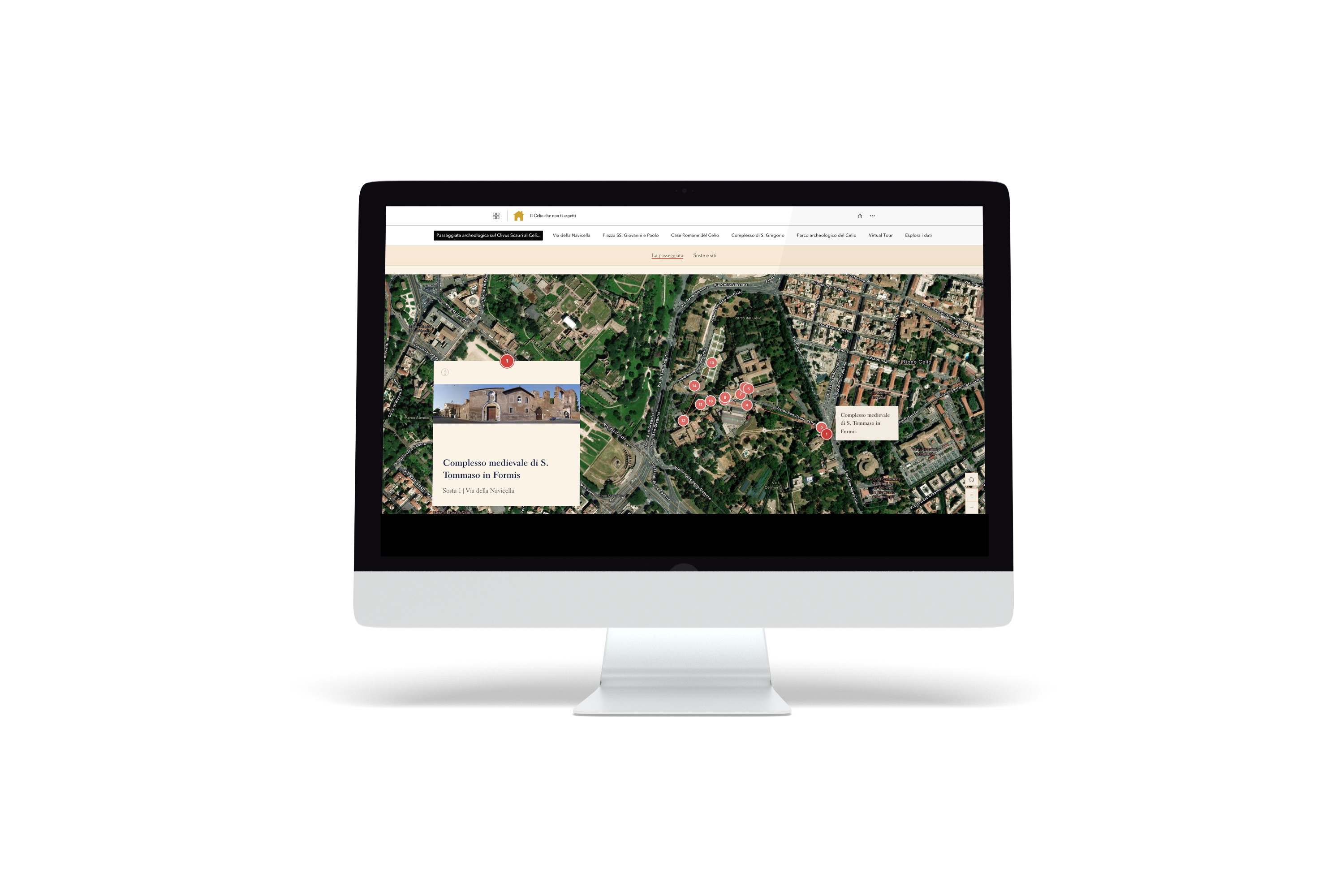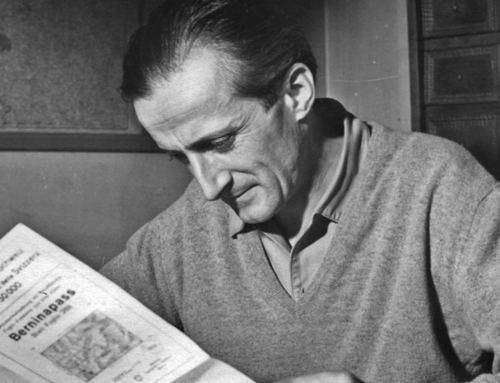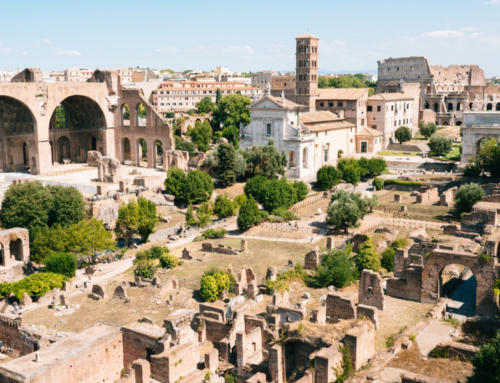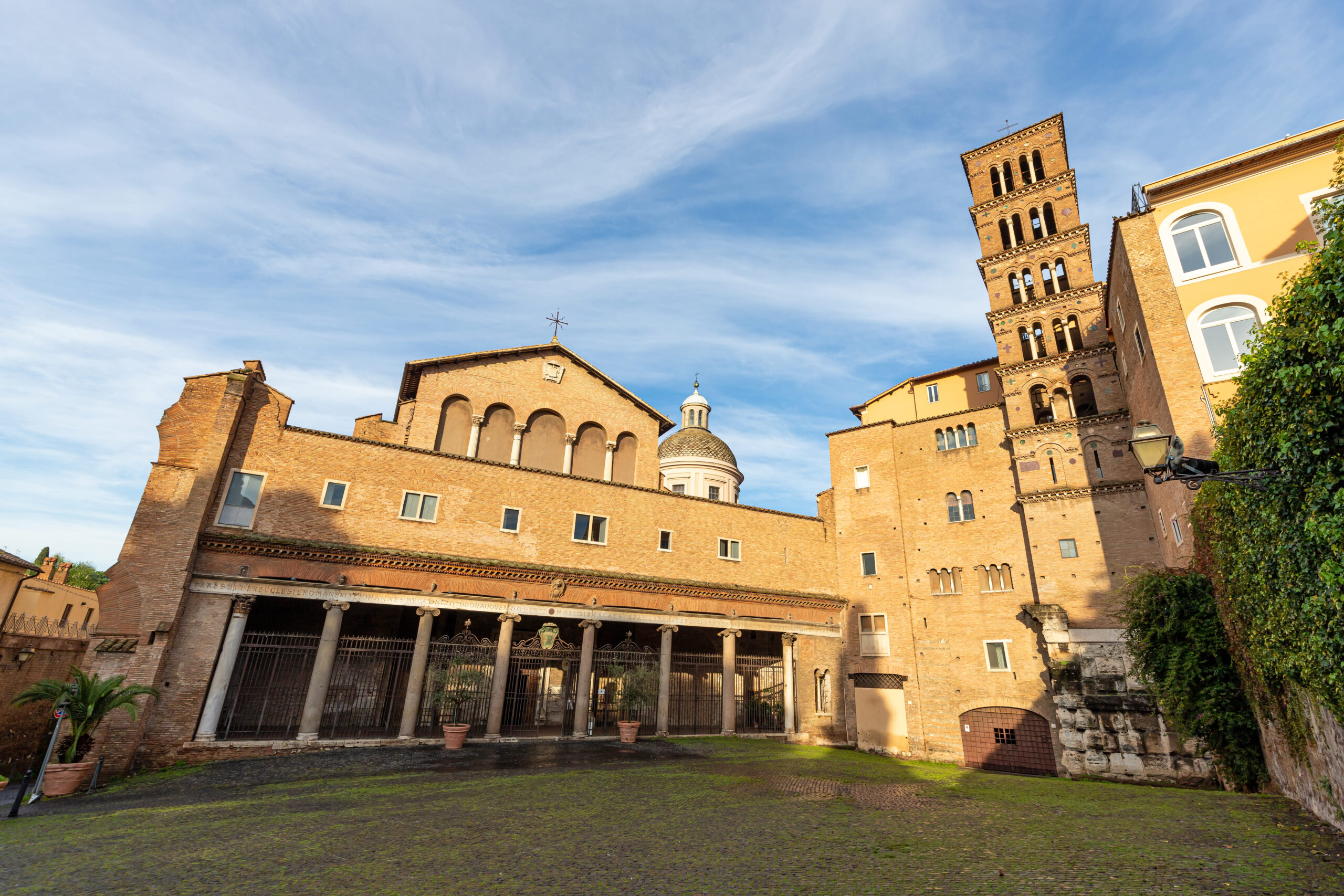
What if you could explore ancient ruins not by walking dusty paths, but through your screen—with interactive maps, 360° views, and immersive stories? That’s the power of digital archaeology. Today, it’s transforming the way we engage with cultural heritage, thanks to the Passeggiata al Celio project.
This innovative initiative, developed by CoopCulture as part of the EU-funded “CHANGES” program (Spoke 8 of Italy’s PNRR), turns archaeological data into a compelling digital journey across one of Rome’s most storied hills.
However, this is not just a technology showcase. It’s a bridge between the past and the present—a project where cultural heritage meets cutting-edge GIS tools to create engaging, educational, and accessible content for all.
Bringing the Caelian Hill to Life
The Caelian Hill, rich in layers of cultural heritage, has long been studied by archaeologists. Yet much of the valuable information remained buried in academic archives or limited to scholarly circles.
To change that, the project began with a geodatabase created by Sapienza University. Its goal was simple: bring Rome’s ancient history to life for researchers, visitors, and curious minds around the world.
This is where gisAction stepped in. Working closely with archaeologist Paola Palazzo, we cleaned, restructured, and enriched the datasets. More importantly, we created a digital environment where cultural knowledge becomes discoverable and meaningful for everyone.
From Maps to Meaning: A Digital Experience for All
To transform static data into interactive content, we built a suite of tools that allow users to explore cultural heritage in a whole new way:
-
Interactive Dashboard
A user-friendly hub, powered by ArcGIS Dashboards, designed to let users browse historical layers and archaeological insights with just a few clicks. -
Web Maps and Instant Apps
Thematic maps and tools—like sliders, swipe views, and dynamic legends—help visualize how interpretations and landscapes evolved over time. -
A StoryMap of the Caelian Tourist Walk
More than just a map, this multimedia guide walks users through the Caelian Hill like a local expert. It seamlessly blends narrative, imagery, and cartography to present Rome’s cultural heritage in an engaging way. -
Virtual Reality Integration
With immersive 360° imagery, users can explore ancient ruins in remarkable detail—no travel required.
As a result, the project turns digital archaeology into something intuitive, immersive, and inclusive.
Why It Matters: More Than Just Data
Too often, cultural heritage remains locked away in specialist language or scattered datasets. Yet this project proves that, with the right approach, we can make that knowledge not only accessible, but compelling.
Moreover, the platform offers a new way to experience historic places—whether you’re a school group, a university researcher, or simply a curious traveler.
In fact, this model is scalable. It serves as a framework for other heritage sites seeking to combine preservation with innovation and digital storytelling.
A Collaborative Effort for Cultural Innovation
CoopCulture led the cultural mission. Paola Palazzo ensured scientific integrity. And gisAction translated archaeological data into digital tools that educate, inspire, and engage.
Together, we’ve demonstrated that preserving cultural heritage is no longer about static displays—it’s about telling dynamic, interactive stories rooted in solid research and modern design.
Ctrl + Alt + Preserve: The Digital Path of Archaeology
The Passeggiata al Celio project represents a turning point in how we protect and present cultural heritage. It’s not just about safeguarding the past—it’s about activating it.
By combining GIS technology, immersive web design, and virtual reality, we’re building a future where exploring history is as engaging as it is educational.
So next time you think about cultural heritage, don’t just picture dusty ruins and museum labels. Think of stories, scrolls, and smart digital tools. Because the past belongs to everyone—and now it’s just a click away.
Who we worked with
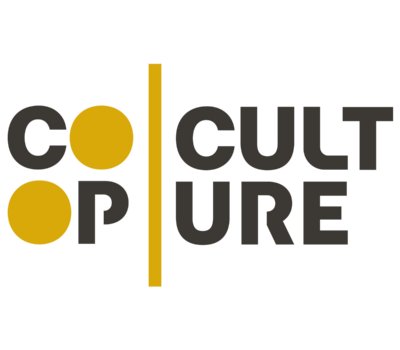
CoopCulture is Italy’s largest cultural cooperative, managing services at museums, archaeological sites, libraries, and archives across the country. Founded in 2010 through the merger of Codess Cultura and Pierreci, it promotes inclusive, sustainable access to culture through guided tours, ticketing, educational programs, and innovative visitor experiences. With over 1,000 professionals, CoopCulture emphasizes cooperation, social responsibility, and local development.
Scenarios
Services
Topics
Cultural heritage

